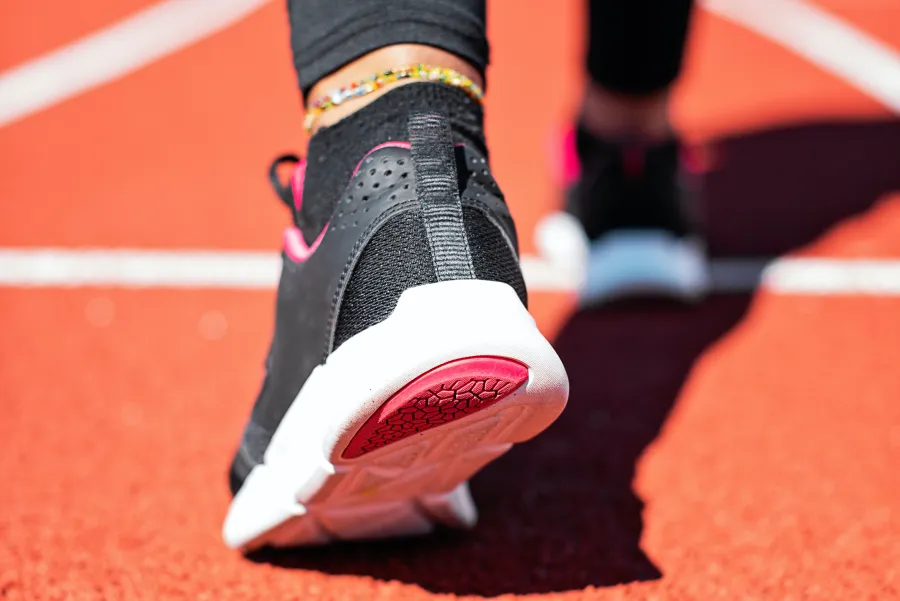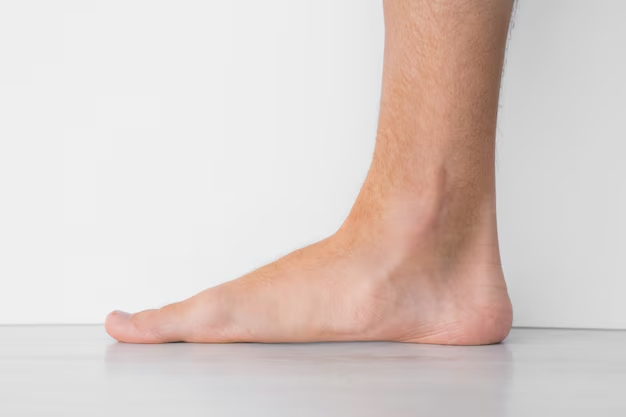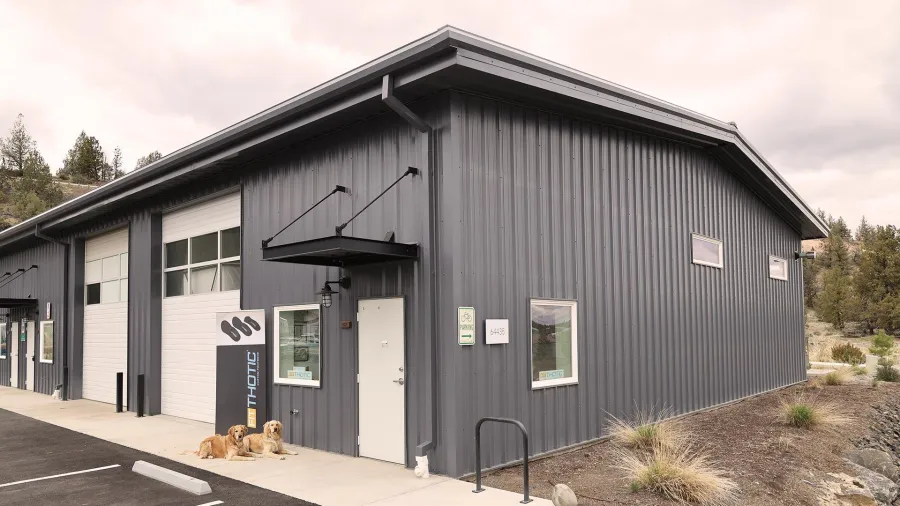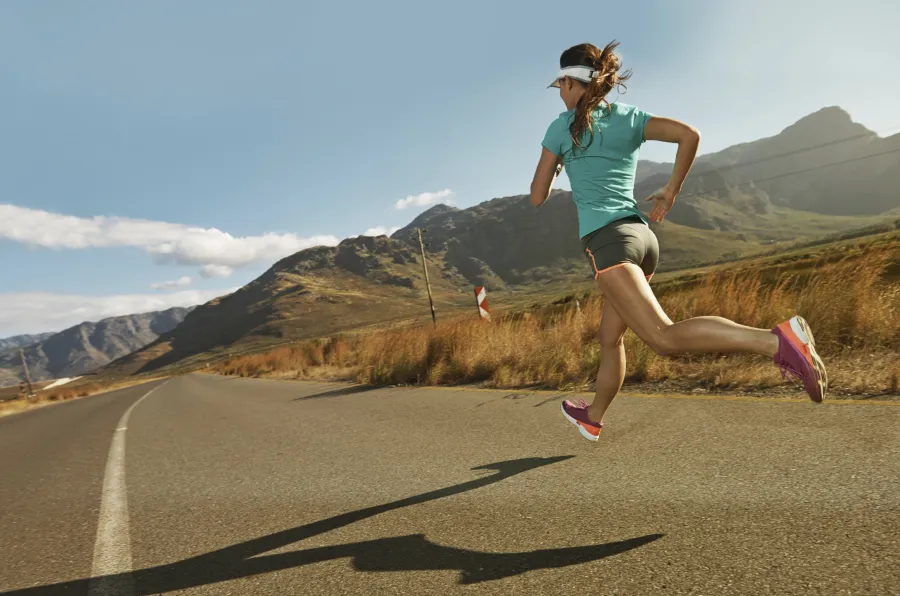Wellness • Medical
The High Arch Foot

First on our list is “Severe Pes Cavus”; sounds scary and can be, if things go bad. “Pes” is a Latin term for “foot” and “Cavus”, well, like a cave. This is your high arched foot; in fact so high, you can drive a truck under it. If you have a foot type like this, you know it! You bear all your weight on the heel and balls of the foot; and as you age, you will find it harder and harder to walk bare footed without pain. You are prone to ankle sprains, rolling your ankle outward.
With repeated injury, tendonitis may develop in the tendons that stabilize the ankle joint. The heel and ball of the foot are often sore and callused, and the big toe joint becomes sore and irritated with repeated pounding into the ground.
Because your foot is so rigid, lacking shock absorbing pronation, you shake the ground with a forceful gait pattern, causing discomfort in the joints of the knee, hip and lower back. You’ve tried over the counter arch supports, but they don’t come close to touching the height of your arch. Soft gel insoles feel best, but don’t do anything to prevent further injury.

So, what to do? First, find somebody who understands the biomechanical pattern of the cavus foot type (largely inverted heel alignment, coupled with valgus forefoot alignment, rigid in nature) and have a “foot type” orthotic made. The goals of this orthotic are 1) to redistribute pressure over a larger surface area of the foot, reducing the pressure on the heel and ball of the foot; 2) to use shock attenuating materials to cushion and dissipate joint irritation; and 3) to provide stability control to counteract lateral forces that can cause tendon injury.
With proper support, the Severe Pes Cavus foot type can avoid many of the common injuries including ankle instability, peroneal tendonitis, heel pain, 5th metatarsal pain, lower back pain, sesamoiditis, hammer toes and/or knee pain. And remember, your foot type is inherited, just like your eye color and hair color. You can look up and down the genetic chain to see where you are in the process of your musculoskeletal health.





